Earlier today, the tech world was rocked by the sad news that Steve Jobs had died. I’d like to pay tribute to Steve Jobs, on behalf of ReadWriteWeb, for what he brought to the Web world. There will be hundreds of different tributes written by many tech publications – deservedly so, as Steve Jobs had a huge impact on many aspects of technology.
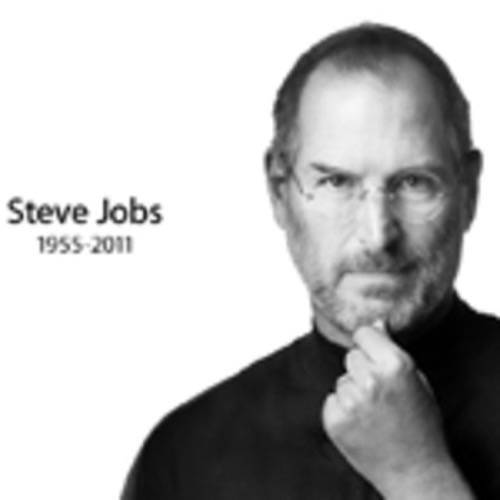
In this post I want to highlight 3 main things that I’m grateful to Steve Jobs for: 1) re-defining mobile computing with the iPhone and iPad; 2) his design philosophy; 3) his leadership. Steve Jobs strived for greatness in the products his company built, which resulted in a great user experience on the Web for millions of people.
Boom! The Mobile Web Revolution Begins…
Over the years, Steve Jobs had been at the helm of a number of revolutionary technology products, including the MacIntosh computer in 1984 and the iPod in 2001. In January 2007, Steve Jobs announced what was arguably his biggest triumph: the iPhone.
At the time, Jobs described the strange new product as “three revolutionary new products” all rolled up into one device. Part iPod, part phone and part “internet mobile communicator”. He boldly claimed that this new hybrid product, called an iPhone, would reinvent the phone. It would be “the Internet in your pocket for the first time ever.”
As Steve Jobs was fond of saying at the time: boom! Because the iPhone more than lived up to Jobs’ descriptions. It brought the Mobile Web alive with its touchscreen display, native apps and Web browser.
Although the native apps would later come to define the Mobile Web on iPhone, in January 2007 it was the Web browser – Apple’s Safari browser optimized for iPhone – that was probably the most impressive thing about the new device. Jobs called it “the first fully-usable browser on a cellphone.” For those of us who came of age with the WAP version of Mobile Internet – a puny, minimal version of the Web for previous generations of smartphones – this was indeed a revelation. So this is what the Web should be like on a mobile phone!
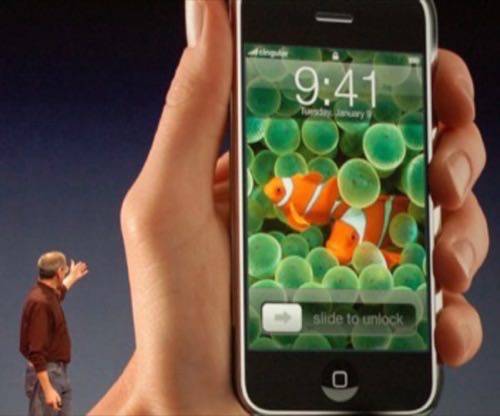
When I wrote up the iPhone launch in January 2007 (nearly 5 years ago now, can you believe it!), I wrote:
Apple is really upping the ante in the Mobile Web market. I think this will finally propel mobile Internet into the mainstream. Maybe 2007 will be the year of the Mobile Web after all!
Just a couple of weeks prior to the iPhone launch, the Mobile Web was merely third in a RWW poll asking what would be the defining trend of 2007. That’s how skeptical most people were, in that pre-iPhone time, about the long-promised dream of the Mobile Web. But after Steve Jobs showed the world his company’s new fangled device, that all changed.
If the iPhone was a revolution for the Mobile Web, then the iPad was Act II. The iPad was announced by Jobs in January 2010 and once again re-defined how people read and write on the Web.
Design Ethos: Make Great Products
Steve Jobs was always the first to say that the revolutionary Apple products he announced were team efforts. But a lot of the success of those products came down to the design ethos that Steve Jobs had and infused into his company. He was a perfectionist and strived to make great products.
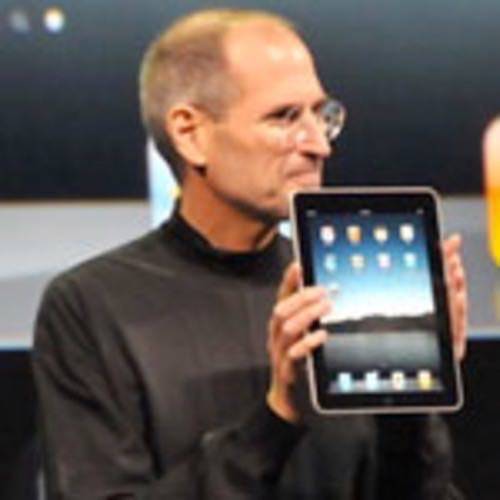
While Jobs’ design ethos was primarily focused on hardware decisions – for MacIntosh, iPod, iPhone, iPad and other big Apple products – it also had a huge impact on the Web. It raised peoples expectations for what the user experience on the Web should be. Sometimes, Jobs made contentious decisions – for example deciding to exclude Flash technology from all iOS devices, which essentially meant that many Web videos could not be viewed on the iPhone or iPad. But he always had a design reason for those decisions (in the case of Flash, because it slowed down the device and thus made for a frustrating user experience).
The following video gives a glimpse of the quest for “greatness” that Steve Jobs pursued at Apple:
Leadership: Jobs at The Center
Steve Jobs was one of the great leaders of the modern technology era, rivaled only by Microsoft co-founder Bill Gates. The two had more in common than is generally recognized. Both were visionary, driven to succeed and very focused. Also, both companies revolved around the controlling leadership of their iconic founders.
A book about Steve Jobs that I reviewed in May 2008 – Inside Steve’s Brain, by Leander Kahney – asserted that much of Apple’s success can be attributed to the personality traits of Jobs. Here’s just one example of how the decisions that Steve Jobs made led to the eventual success of the company (it became the most valuable company in the world in August): when Steve Jobs returned as Apple CEO in the 90’s, one of the first things he did was cut down the number of products Apple had, from around 40 to just 4. Jobs simplified Apple’s brand and focused it on the key products that consumers wanted.
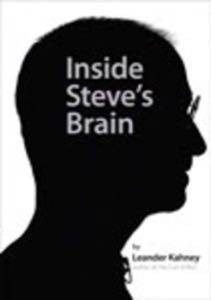
An organization chart that Forbes Magazine created earlier this year perfectly encapsulates Jobs’ leadership style. All major decision makers within Apple were only one or two people removed from the man himself. Jobs also created a culture of accountability – his staff had to take direct responsibility for things. As Fortune described it:
At Apple there is never any confusion as to who is responsible for what. Internal Applespeak even has a name for it, the “DRI,” or directly responsible individual. Often the DRI’s name will appear on an agenda for a meeting, so everybody knows who is responsible.
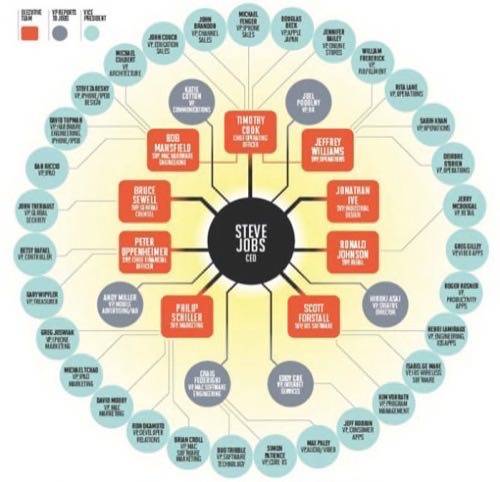
The design ethos and leadership style of Steve Jobs led to two revolutionary Mobile Web products, amongst the many other Apple products that have changed peoples lives over the past 30+ years.
Steve Jobs, you will be sadly missed. I’m grateful for all that you gave us – and for helping to make the Web truly great. R.I.P., sir.









